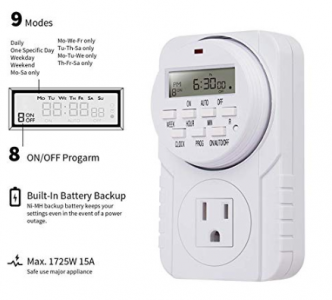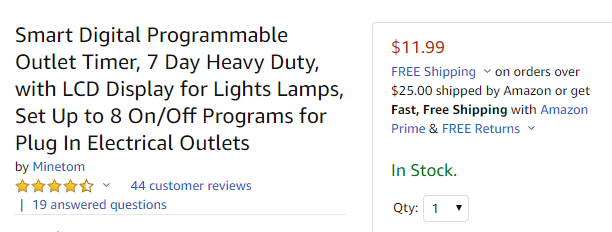- Joined
- Jul 2, 2014
- Messages
- 7,594
The other option, for lighter work, is cordless tools. I have had several that used nickel metal hydride batteries over the years, and my experience with them was always that the charge had gone away in storage, so I left it on the charger, which no doubt costs more in the long run, and then the batteries were fried, I guess from over charging, while they were waiting for me to use them. After doing that for a while, I decided they suck and gave up on cordless tools.
Until...
Some months ago, a friend gave me a small Rockwell 3rill impact driver/screw gun set, and the lithium ion battery packs (made in 2013) were pretty much shot after years of usage. I found out that with that model driver, Rockwell will send free new battery packs if they fail. Checked it out, still cost me about $7.00 each with paying the freight, but with the new batteries the power is strong, charging is fast, and last a long time on a charge. They are VERY quick to recharge, seem to have good control of the float voltage, and seem like they might be OK with leaving them on the charger, but I have not tried that, the manual does not mention it. The carrying case, lots of tooling, and charger that came with it seem to make for a useful driver for making quick work of smaller and lighter and mobile jobs. We will see how the set works out... (Thanks again, Andy!)
Until...
Some months ago, a friend gave me a small Rockwell 3rill impact driver/screw gun set, and the lithium ion battery packs (made in 2013) were pretty much shot after years of usage. I found out that with that model driver, Rockwell will send free new battery packs if they fail. Checked it out, still cost me about $7.00 each with paying the freight, but with the new batteries the power is strong, charging is fast, and last a long time on a charge. They are VERY quick to recharge, seem to have good control of the float voltage, and seem like they might be OK with leaving them on the charger, but I have not tried that, the manual does not mention it. The carrying case, lots of tooling, and charger that came with it seem to make for a useful driver for making quick work of smaller and lighter and mobile jobs. We will see how the set works out... (Thanks again, Andy!)



